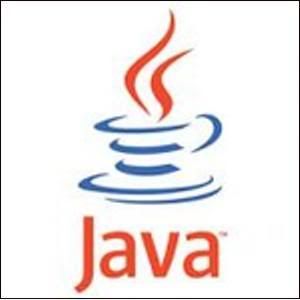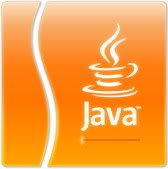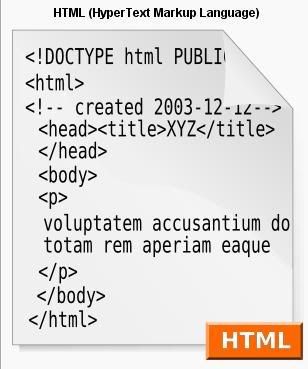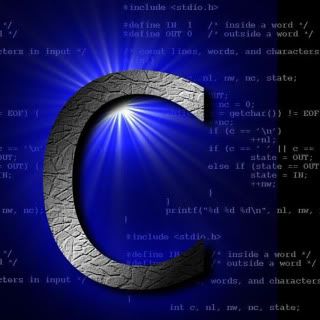The first Java programming language born of The Green Project, which runs for 18 months, from early 1991 until the summer of 1992. The project is not using a version called Oak. The project was initiated by Patrick Naughton, Mike Sheridan, James Gosling and Bill Joy, along with nine other programmers from Sun Microsystems. One result of this project is the Duke mascot created by Joe Palrang.Pertemuan project took place in an office building on Sand Hill Road Menlo Park. Around the summer of 1992 the project was closed by generating a Java program's first Oak, which is intended as an equipment controller with touch screen technology (touch screen), as in today's PDAs. This new technology named "* 7" (Seven Star).
Star Seven days after completion, a subsidiary of cable TV plus a few interested people from the project The Green Project. They are concentrating on an office space at 100 Hamilton Avenue, Palo Alto.
The new company is getting ahead: the number of employees increased in a short time from 13 to 70 people. At this period also specified the use of the Internet as a medium that bridges work and ideas between them. In the early 1990s, the Internet is still a stub, which is used only in academic circles and the military.
They make the browser (browser) Mosaic as an initial basis to make encroachers first named Java Web Runner, inspired by 1980s film, Blade Runner. In the development of the first release, the Web Runner renamed Hot Java.
In about March 1995, for the first time the Java source code version 1.0a2 opened. Their success was followed by pemeritaan for the first time in the newspaper the San Jose Mercury News on May 23, 1995.
Unfortunately discord among them one day at 04.00 in a hotel room Sheraton Palace. Three of the main leaders of the project, Eric Schmidt and George Paolini of Sun Microsystems along with Marc Andreessen, Netscape form.
Oak name, taken from an oak tree that grows in front of the workspace window "father of Java" James Gosling. Oak name is not used for release versions of Java as a software has been registered with the trademark, so take the name of his successor to "Java".
Star Seven days after completion, a subsidiary of cable TV plus a few interested people from the project The Green Project. They are concentrating on an office space at 100 Hamilton Avenue, Palo Alto.
The new company is getting ahead: the number of employees increased in a short time from 13 to 70 people. At this period also specified the use of the Internet as a medium that bridges work and ideas between them. In the early 1990s, the Internet is still a stub, which is used only in academic circles and the military.
They make the browser (browser) Mosaic as an initial basis to make encroachers first named Java Web Runner, inspired by 1980s film, Blade Runner. In the development of the first release, the Web Runner renamed Hot Java.
In about March 1995, for the first time the Java source code version 1.0a2 opened. Their success was followed by pemeritaan for the first time in the newspaper the San Jose Mercury News on May 23, 1995.
Unfortunately discord among them one day at 04.00 in a hotel room Sheraton Palace. Three of the main leaders of the project, Eric Schmidt and George Paolini of Sun Microsystems along with Marc Andreessen, Netscape form.
Oak name, taken from an oak tree that grows in front of the workspace window "father of Java" James Gosling. Oak name is not used for release versions of Java as a software has been registered with the trademark, so take the name of his successor to "Java".










